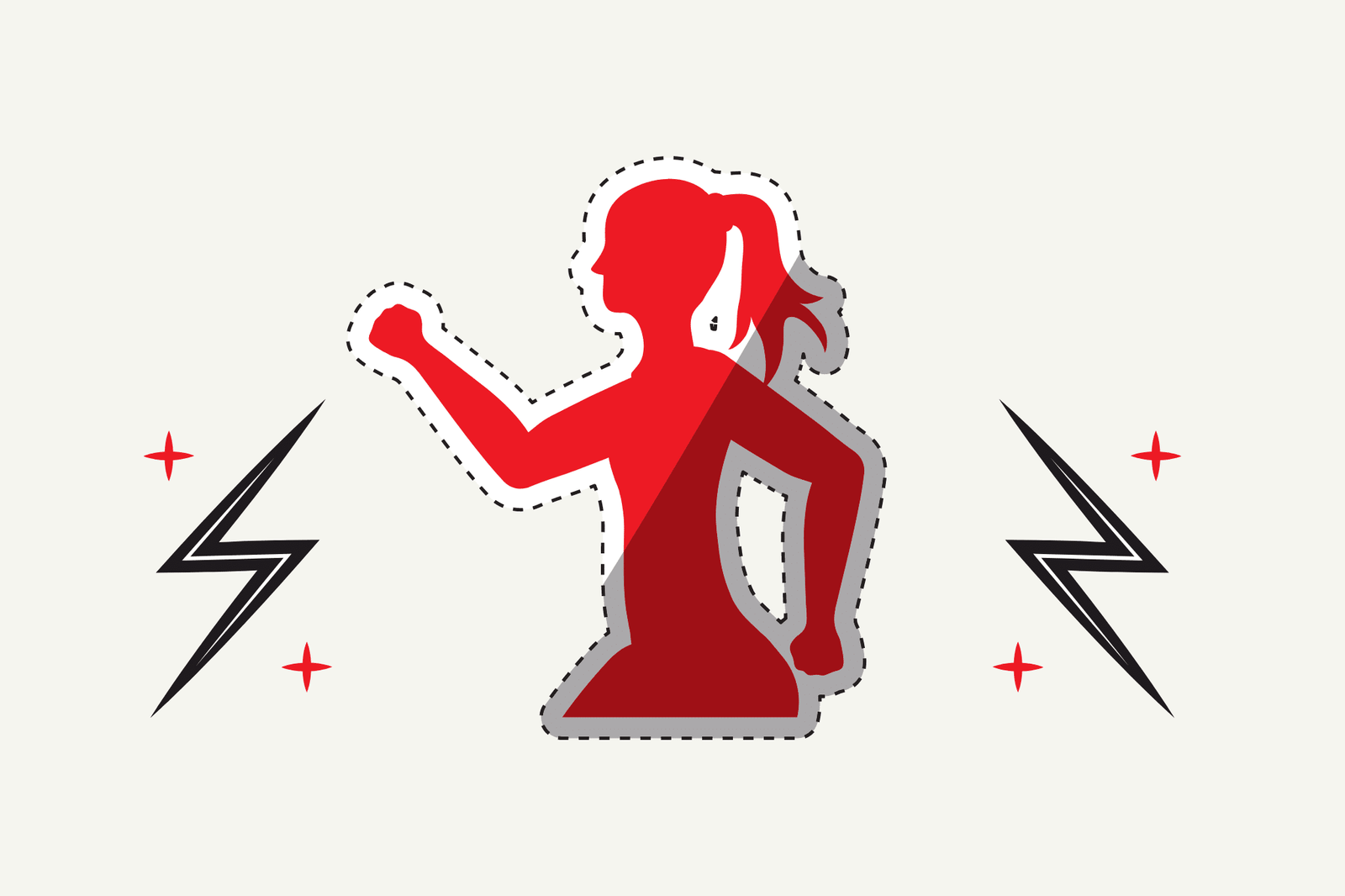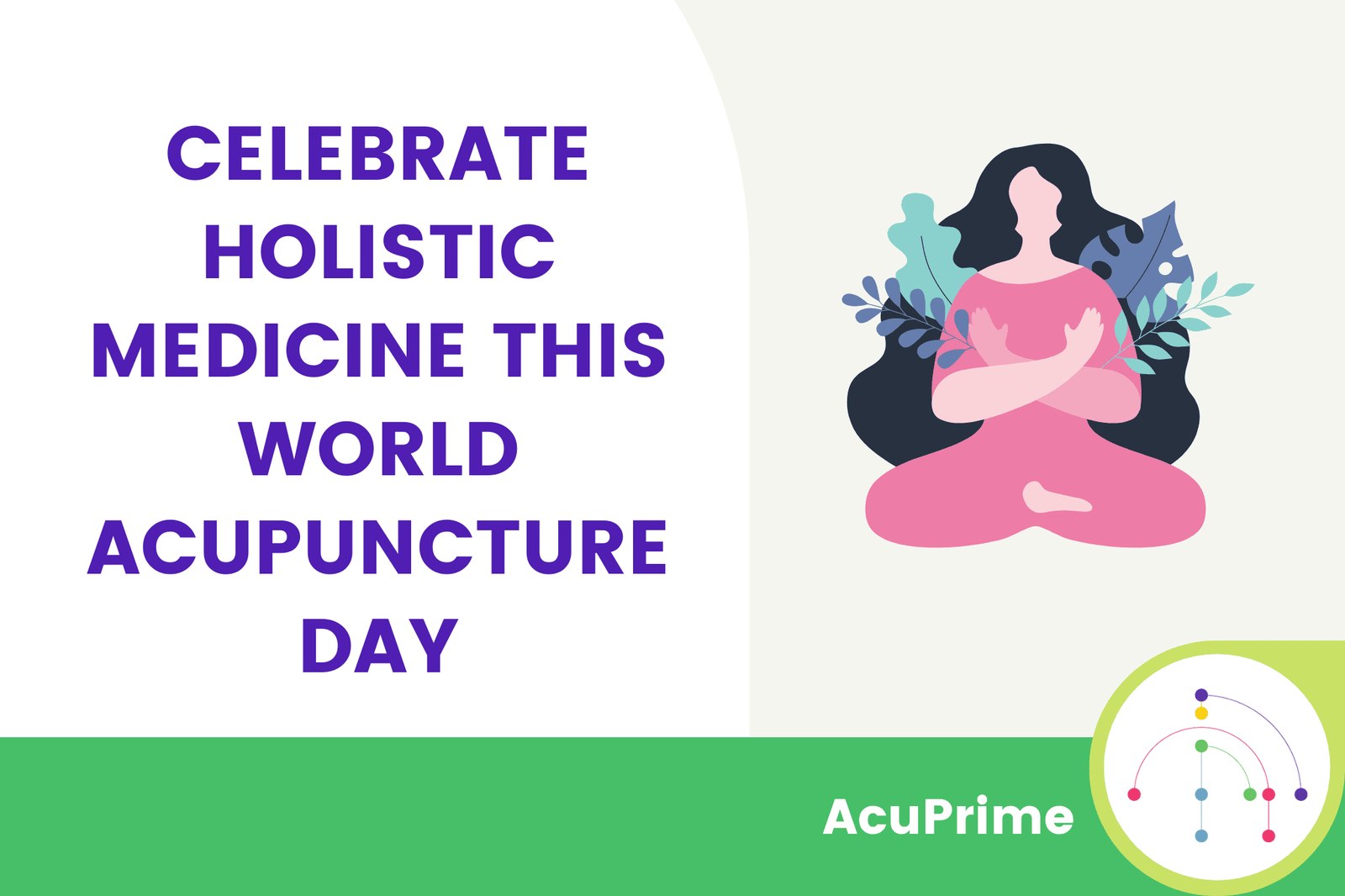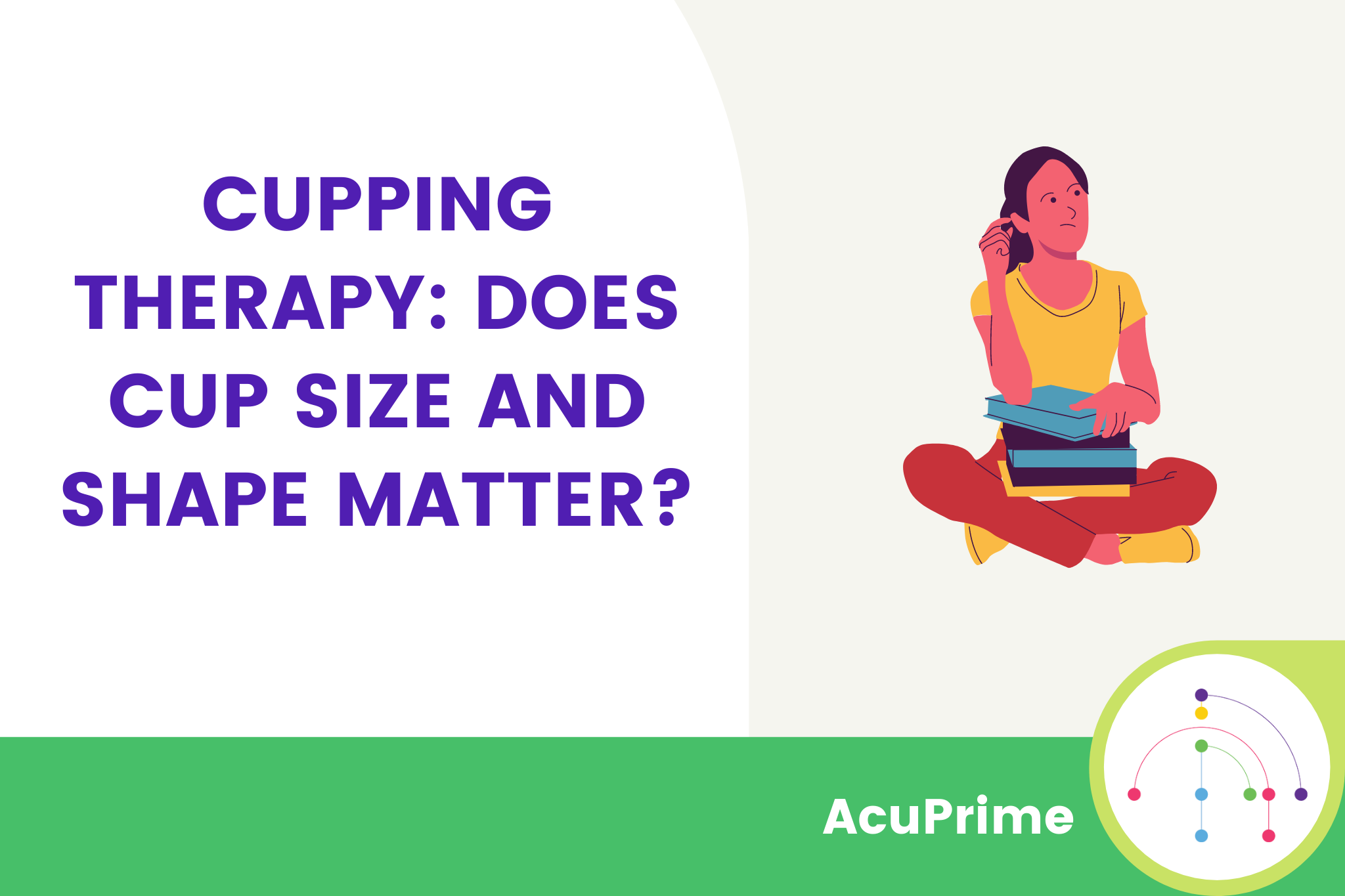It’s February, which means the mornings are getting lighter, the air (slightly) warmer and race entries are getting booked. As runners all over the country are emerging from lethargy with their new running shoes, it’s clear that training season has begun.
Winter is an interesting time to be a runner. You run when you can, you make promises you’ll do cross-training but forget and you get all misty-eyed about race season. By the time the crocuses start appearing, thousands of runners are eager to get outside and train for a marathon.
But after a slow few months, injuries start cropping up, dashing hopes for an early spring 10k.
As a healthcare practitioner, you may well find that you see an increase in running injuries during the springtime. Knowing how to keep your runner patients running is crucial to helping them recover and acupuncture is a popular form of therapy for this exact purpose.
Acupuncture and Running Injuries
While the NHS currently only refers patients for acupuncture in the case of headaches and migraines, the practice is widely used for other conditions.
Acupuncture is commonly used by private practitioners to treat a variety of running injuries by relaxing muscles in the affected area. Acupuncture can also reduce inflammation, a primary method in which it provides pain relief for runners.
IT band syndrome is one of the most common running injuries and studies have shown that acupuncture can be used as an effective part of treatment. As acupuncture tends to be more site-specific than other types of treatment, it can be used to treat many runner specific injuries.
Injuries caused by muscle imbalances usually require further treatment, rather just relaxing the muscles at the time of injury. By building a treatment plan for your running patients, you can work to treat their imbalances and reduce the risk of the same injury returning in the future.
Preventative Acupuncture
Many runners and professional athletes have regular acupuncture sessions to prevent injuries, tightness and imbalances from happening in the first place. Acupuncture treatments can get deeper into muscles than regular massage and create relaxation that’s hard to achieve otherwise.
By offering acupuncture as a prevention, your runner patients may save themselves the pain and hassle of injury further into their training program.
Preventative acupuncture isn’t limited to relaxing tight muscles after running sessions – this alternative therapy has wide-ranging holistic benefits.
Acupuncture is a well-known source of stress-relief, something critical for many runners. As stress can have a major impact on recovery times and overall fitness, runners seeking high performance can benefit enormously from the stress-relieving qualities of acupuncture.
Prevention Is Better than a Cure
Running injuries are common but still a huge setback for every runner. Injuries can dissuade new runners from continuing with the exercise and can delay progress in those who are training. As many runners also enjoy the sport for its mental health benefits, having to rest an injury for weeks or months can have negative effects on their mental state.
Many runners try acupuncture for the first time due to an injury and continue the sessions afterwards for their preventative benefits. By advertising the preventative benefits of acupuncture to your patients and audience, you can step in before injury happens in the first place.
Most runners would jump at the chance to run with a significantly reduced risk of injury, but acupuncture has yet to become widely known for this ability.
Spreading the Word About Acupuncture for Running
Establishing yourself in a new specialism can be a tricky process but if you’re a practising acupuncturist, chances are you already have some running patients. Blogging about acupuncture for runners and listing the service on your website are good places to start.
You can also reach out to local running clubs and offer discounted initial sessions or consultations. Most runners have niggles of some sort which they believe haven’t reached a stage worthy of seeking the help of a professional.
By reaching out to running clubs, you have the opportunity to educate runners on proactive treatment. When those niggles become injuries, they’re far harder to treat than when they were niggles!
Another way to spread the word about your services could be volunteering at running events in your specialism. From physios to acupuncturists, there are often healthcare professionals on-hand at running races.
Treat and Prevent Running Injuries with Acupuncture
There’s so much advice on how to reduce running injuries that most runners are overwhelmed by it. By relaxing tight muscles and addressing imbalances, acupuncture is a fantastic way to not only treat running injuries, but to stop them happening in the first place.
If you’re looking to restock your acupuncture clinic with high-quality needles, check out our needles here at Meridius.








